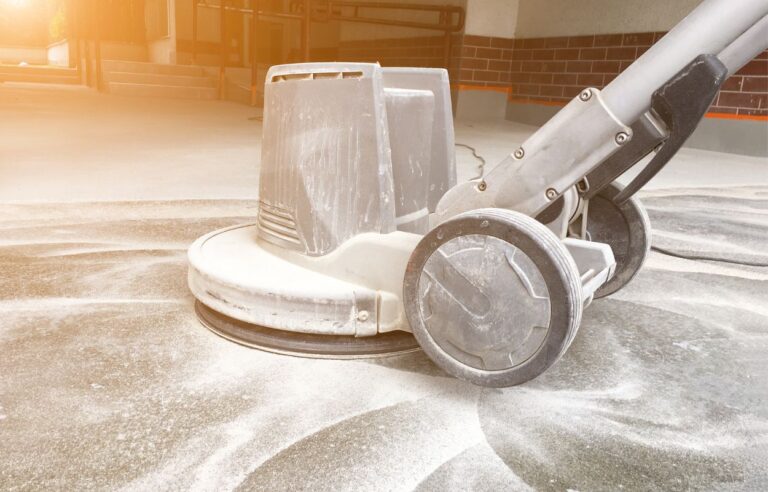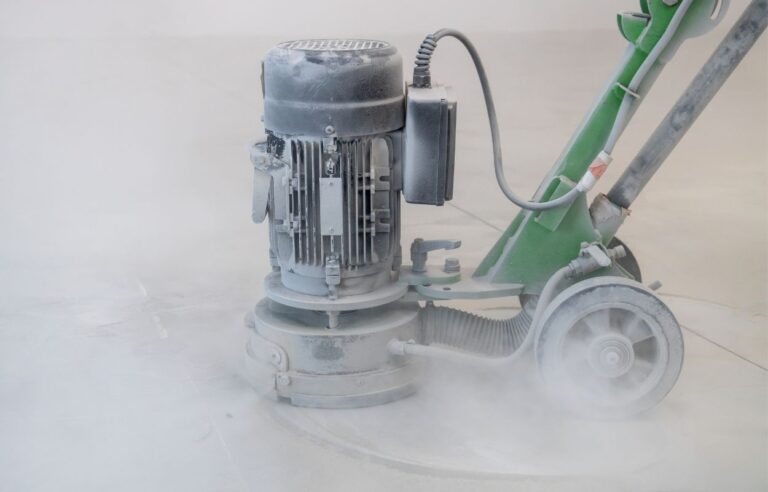In today’s construction industry, sustainability and cost-efficiency are at the forefront of many projects. One of the most effective ways to achieve both is by incorporating used building materials into your construction plans. Not only does this approach benefit the environment, but it also offers significant financial savings. Here’s how building with used materials can save you big:
1. Cost Savings
Lower Material Costs: Used building materials are often available at a fraction of the cost of new materials. Salvaged items like bricks, wood, tiles, and fixtures can be sourced from deconstruction sites, salvage yards, and online marketplaces. By opting for these reused materials, you can substantially reduce your overall construction budget.
Reduced Waste Disposal Fees: Using reclaimed materials minimizes the amount of waste sent to landfills, thus lowering disposal fees. This can be particularly beneficial for large-scale projects where waste management costs can add up quickly.
2. Environmental Benefits
Reduced Resource Consumption: Building with used materials decreases the demand for new resources, conserving raw materials and reducing the environmental impact of mining, logging, and manufacturing processes. This contributes to the preservation of natural habitats and reduces carbon emissions associated with material production.
Waste Reduction: By repurposing materials that would otherwise be discarded, you are directly reducing the amount of construction waste. This not only helps in lowering landfill use but also supports a circular economy where resources are reused rather than discarded.
3. Unique and High-Quality Materials
Access to High-Quality Materials: Many older buildings contain materials of superior quality that are no longer available or are too costly to produce today. Reclaimed wood, for example, is often denser and more durable than new wood due to its age and the quality of the trees from which it was harvested.
Unique Aesthetic Appeal: Using reclaimed materials can give your project a unique character and charm that is hard to replicate with new materials. Each piece of salvaged material has its own history and patina, adding a layer of story and authenticity to your building.
4. Supporting Local Economies
Boosting Local Salvage Businesses: Purchasing used materials from local salvage yards, thrift stores, and deconstruction companies supports small businesses and contributes to the local economy. This keeps money within the community and promotes sustainable business practices.
Creating Jobs: The process of deconstructing buildings and salvaging materials creates jobs that require skilled labor. This not only benefits the local workforce but also provides opportunities for training and development in sustainable building practices.
5. Incentives and Credits
Green Building Certifications: Using reclaimed materials can help you earn points towards green building certifications like LEED (Leadership in Energy and Environmental Design). These certifications can increase the value of your property and make it more attractive to environmentally conscious buyers or tenants.
Tax Incentives: In some regions, there are tax incentives and rebates available for using recycled materials in construction. These incentives can further reduce your project costs and enhance your return on investment.
Conclusion
Building with used materials is a smart choice that offers numerous benefits. From significant cost savings and environmental protection to unique aesthetic appeal and community support, the advantages are clear. By integrating reclaimed materials into your construction projects, you are not only making a financially savvy decision but also contributing to a more sustainable and responsible building industry. Embrace the potential of used building materials and watch your savings—and your project’s impact—grow.
Deconstructors demolition . inc 2024-05-31





